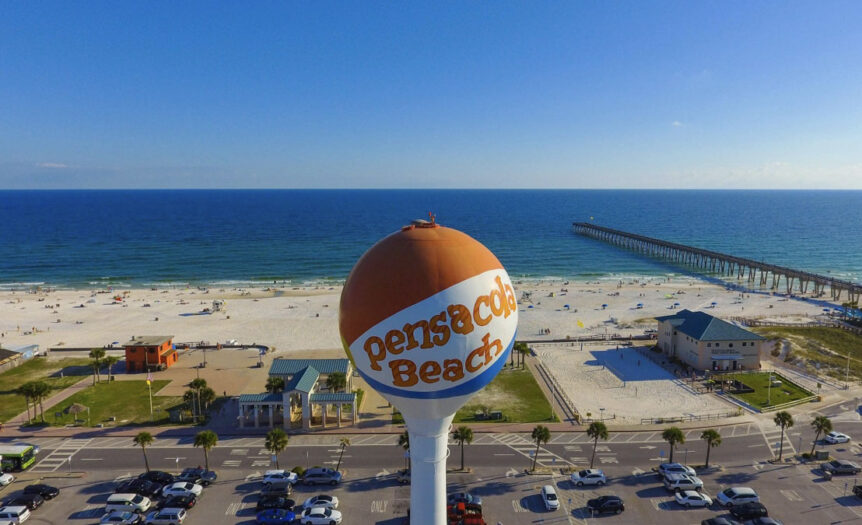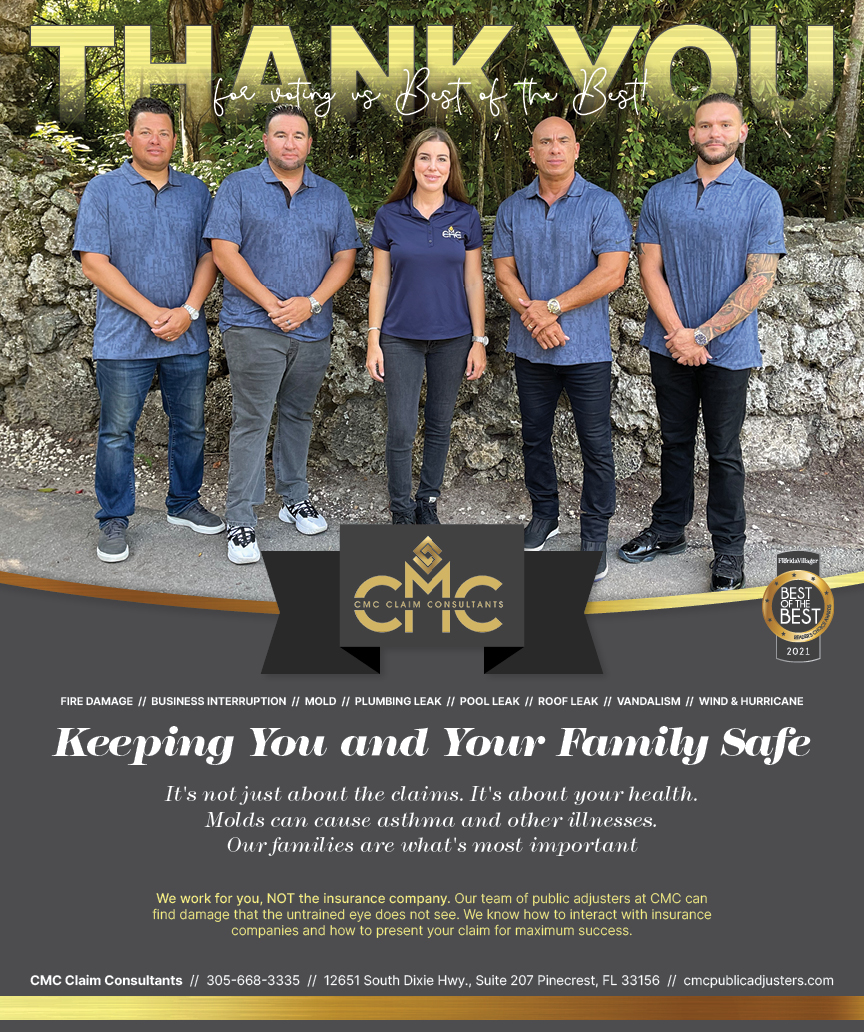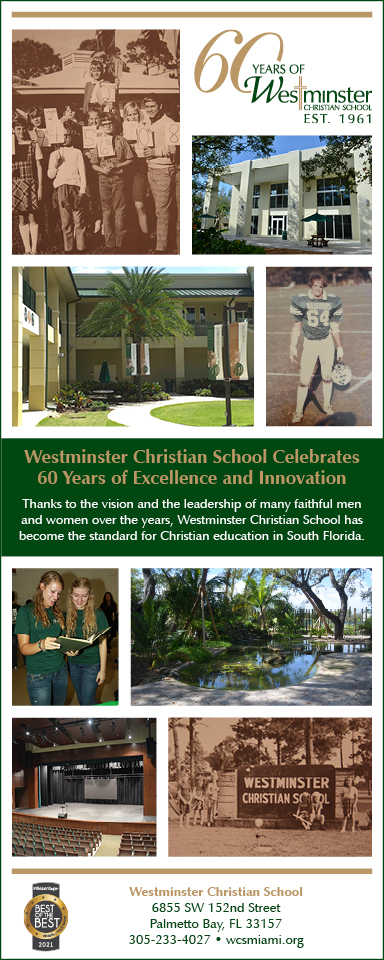Known for its beautiful beaches, naval heritage, and vibrant downtown, Pensacola is a coastal city that attracts both tourists and long-time residents. But as locals invested in understanding the city’s direction, it’s essential to ask: Is Pensacola safe?
Pensacola often finds itself the subject of debate when it comes to crime. While some residents speak of rising danger, the statistics tell a more balanced story.
Misconceptions fueled by isolated incidents or social media can distort public perception.
2025 Year-to-Date Snapshot
As of May 31, 2025, official data from the Pensacola Police Department shows mixed but largely positive trends. There were three reported homicides, up from 2 at the same time last year.
However, robberies have dropped by nearly 75%, and thefts are down 31% compared to the first five months of 2024.
Reports of aggravated assault have stayed roughly stable. These year-to-date figures provide early insight into how the city is trending, and so far, they suggest that crime remains under control with some areas of notable improvement.
How Crime Has Shifted Since 2015
Looking beyond the current year, long-term trends tell a clearer story.
Data from the Florida Department of Law Enforcement and the FBI Uniform Crime Reporting (UCR) shows that both violent and property crime rates have steadily declined in Pensacola since 2015.
A spike in 2018, driven mainly by a brief surge in auto theft and assaults, was followed by consistent yearly reductions.
Although 2022 saw a slight uptick in burglaries, overall crime remains well below 2015 levels. The city’s investment in data-driven policing and neighborhood engagement appears to be yielding results.
Violent vs. Property Crime Breakdown
In terms of risk, violent crime in Pensacola is relatively rare. According to the latest projections, the chance of being a victim of violent crime, which includes homicide, assault, and robbery, is about 1 in 700. In contrast, the risk of experiencing a property crime, such as burglary or theft, is closer to 1 in 80.
Despite this, violent incidents dominate headlines and social media, skewing public perception.
The vast majority of police reports in Pensacola involve lower-impact offenses such as petty theft, vandalism, and car break-ins.
Pensacola in the Florida & U.S. Context
When compared to similar cities in Florida and across the country, Pensacola fares better than many might expect. The city’s overall crime rate now sits just below the national average and well below the median for midsize Florida cities.
While caution is always necessary when comparing jurisdictions due to differences in reporting practices and local enforcement strategies, the data indicate that Pensacola is not the outlier some believe it to be.
It’s neither the most dangerous nor the most crime-free, but solidly in the middle, with positive movement in recent years.
Why the Numbers Shift: Economic & Social Factors
Understanding why crime rates rise or fall requires looking at broader social and economic trends.
In Pensacola, several key factors have influenced recent statistics: the city’s seasonal tourist economy can temporarily inflate crime counts; opioid-related thefts have declined slightly as local treatment programs expand; and housing instability continues to correlate with spikes in minor property crimes.
On the other hand, increased investment in community policing, youth programs, and violence-interruption initiatives may be helping to stabilize or reduce violence, particularly in historically underserved neighborhoods.
Implications for Residents and City Planners
The current crime data suggests that Pensacola isn’t in crisis, but it is also not immune to risk. For residents, this means staying informed through reliable sources and avoiding overreaction to isolated events.
For city leaders, it underscores the importance of continuing to invest in crime prevention, not just law enforcement.
Programs addressing housing, addiction, mental health, and economic opportunity play just as vital a role as policing. The data also makes clear that crime rates must be interpreted within context, something often lost in public debate but essential for smart planning and public trust.










 Deering Estate
Deering Estate
 Massage Envy South Miami
Massage Envy South Miami
 Calla Blow Dry
Calla Blow Dry
 My Derma Clinic
My Derma Clinic
 Sushi Maki
Sushi Maki
 Sports Grill
Sports Grill
 The Healthy Kitchen
The Healthy Kitchen
 Golden Rule Seafood
Golden Rule Seafood
 Malanga Cuban Café
Malanga Cuban Café

 Kathleen Ballard
Kathleen Ballard
 Panter, Panter & Sampedro
Panter, Panter & Sampedro
 Vintage Liquors
Vintage Liquors
 The Dog from Ipanema
The Dog from Ipanema
 Rubinstein Family Chiropractic
Rubinstein Family Chiropractic
 Your Pet’s Best
Your Pet’s Best
 Indigo Republic
Indigo Republic




 ATR Luxury Homes
ATR Luxury Homes


 2112 Design Studio
2112 Design Studio
 Hamilton Fox & Company
Hamilton Fox & Company
 Creative Design Services
Creative Design Services
 Best Pest Professionals
Best Pest Professionals
 HD Tree Services
HD Tree Services
 Trinity Air Conditioning Company
Trinity Air Conditioning Company
 Cisca Construction & Development
Cisca Construction & Development
 Mosquito Joe
Mosquito Joe
 Cutler Bay Solar Solutions
Cutler Bay Solar Solutions


 Miami Royal Ballet & Dance
Miami Royal Ballet & Dance
 Christopher Columbus
Christopher Columbus
 Pineview Preschools
Pineview Preschools
 Westminster
Westminster
 Carrollton
Carrollton
 Lil’ Jungle
Lil’ Jungle
 Frost Science Museum
Frost Science Museum
 Palmer Trinity School
Palmer Trinity School
 South Florida Music
South Florida Music
 Pinecrest Orthodontics
Pinecrest Orthodontics
 Dr. Bob Pediatric Dentist
Dr. Bob Pediatric Dentist
 d.pediatrics
d.pediatrics
 South Miami Women’s Health
South Miami Women’s Health

 The Spot Barbershop
The Spot Barbershop
 My Derma Clinic
My Derma Clinic




 Miami Dance Project
Miami Dance Project

 Rubinstein Family Chiropractic
Rubinstein Family Chiropractic
 Indigo Republic
Indigo Republic

 Safes Universe
Safes Universe
 Vintage Liquors
Vintage Liquors
 Evenings Delight
Evenings Delight





 Atchana’s Homegrown Thai
Atchana’s Homegrown Thai
 Baptist Health South Florida
Baptist Health South Florida

 Laser Eye Center of Miami
Laser Eye Center of Miami
 Visiting Angels
Visiting Angels
 OpusCare of South Florida
OpusCare of South Florida

 Your Pet’s Best
Your Pet’s Best





 HD Tree Services
HD Tree Services
 Hamilton Fox & Company
Hamilton Fox & Company


 Creative Design Services
Creative Design Services